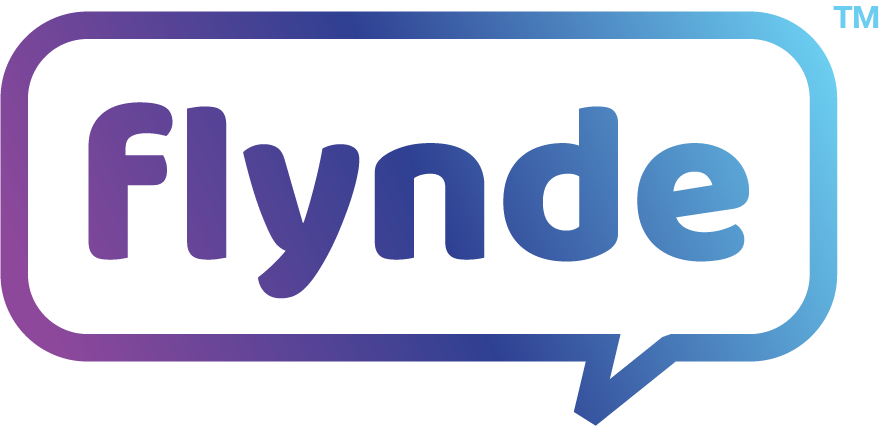Beyond Flashcards: The AI-Powered, Immersive Future of Language Learning
In today’s hyper-connected global economy, the ability to communicate across cultures is no longer just a “soft skill.” It’s a critical business asset.
For decades, language learning has been a slow and often tedious process. But that’s changing fast. A seismic shift is underway, powered by artificial intelligence, immersive technologies, and a deeper understanding of how people learn. Together, they’re transforming language education from rote memorization into a dynamic integration of knowledge into both professional and daily life.
Let’s explore the latest EdTech developments reshaping language learning.
Personalization at scale
Artificial intelligence has already revolutionized countless industries, education included. Far beyond simple flashcard apps, AI is making language learning personalized, adaptive, and scalable.
AI-driven platforms analyze each learner’s strengths, weaknesses, and pace to create a unique learning path. This keeps learners challenged but not overwhelmed, speeding up progress and making study time more effective.
With AI, learning and teaching have become more personalized, adaptive, and scalable.
Personalization also extends to conversation practice. Apps like ELSA Speak use AI to refine pronunciation through interactive, on-demand practice in a low-pressure environment. While today’s AI can still sound scripted and lacks full cultural nuance, it offers instant feedback on pronunciation and grammar, something human teachers can’t provide at scale. That frees educators to focus on higher-order skills like critical thinking, fluency, and creativity.
Immersive learning: VR and AR
Learning sticks best when it feels real. Virtual and Augmented Reality (VR/AR) are taking language study out of textbooks and into real-world scenarios. Instead of memorizing café vocabulary, you might find yourself virtually ordering an espresso in a Parisian café. This kind of “situated learning” anchors language in context, making it more memorable and valuable.
VR/AR has expanded the limits of immersive learning.
The corporate world is already embracing this. Companies like Immerse are building virtual environments for enterprise training, where employees practice meetings, presentations, and negotiations with AI-powered avatars or live trainers. VR lowers the fear of making mistakes, giving learners a safe space to experiment, especially valuable for adults who often feel anxious speaking a new language.
The power of play
Gamification has been a game-changer (literally). Points, streaks, badges, and leaderboards tap into the brain’s reward system, releasing dopamine, the neurotransmitter linked to motivation and memory. That’s why apps like Duolingo feel addictive: they transform grammar drills into bite-sized games that keep learners coming back.
Duolingo is the pioneer in transforming grammar drills into bite-sized games that keep learners coming back.
This approach pairs naturally with microlearning, which delivers lessons in short, focused bursts. Duolingo excels here too, breaking down grammar and culture into digestible exercises. For busy professionals, this format fits neatly into daily routines, such as on commutes, coffee breaks, or between meetings.
The corporate pivot
While consumer apps grab the spotlight, the most significant growth is happening in the corporate sector. Globalization and remote work are driving companies to invest in multilingual skills as part of workforce development.
This demand has opened the door for enterprise-grade platforms. Innovators like Voxy and Immerse offer task-based curricula tailored to professional needs, whether it’s mastering English for data analytics or preparing for the TOEFL exam. These platforms deliver measurable ROI by directly linking language proficiency with job performance.
A hybrid future
The future of language learning isn’t about AI replacing human teachers. It’s about creating a hybrid ecosystem. Technology provides personalized practice and real-time data, while teachers guide learners through the nuanced, cultural, and creative aspects of communication.
But with innovation comes responsibility. Issues like the digital divide and data privacy must be addressed if these tools are to create truly equitable opportunities.
For professionals and business leaders, the message is clear: the tools to build a multilingual workforce are already here: smarter, more immersive, and more effective than ever.
About the Author
Bert Nguyen is a Copywriter with Flynde, a global company specializing in translation solutions for businesses of all sizes.
Discover the best-in-class translation solutions for your business. Trusted & certified for all languages with locations in Australia, Singapore, Switzerland & the USA. Flynde takes human translation strategies and uses advanced technologies to deliver them to our customers across our three business lines: Flynde for startups, Flynde for small businesses, and Flynde for corporations.
For more information, contact us at hello@flynde.com




